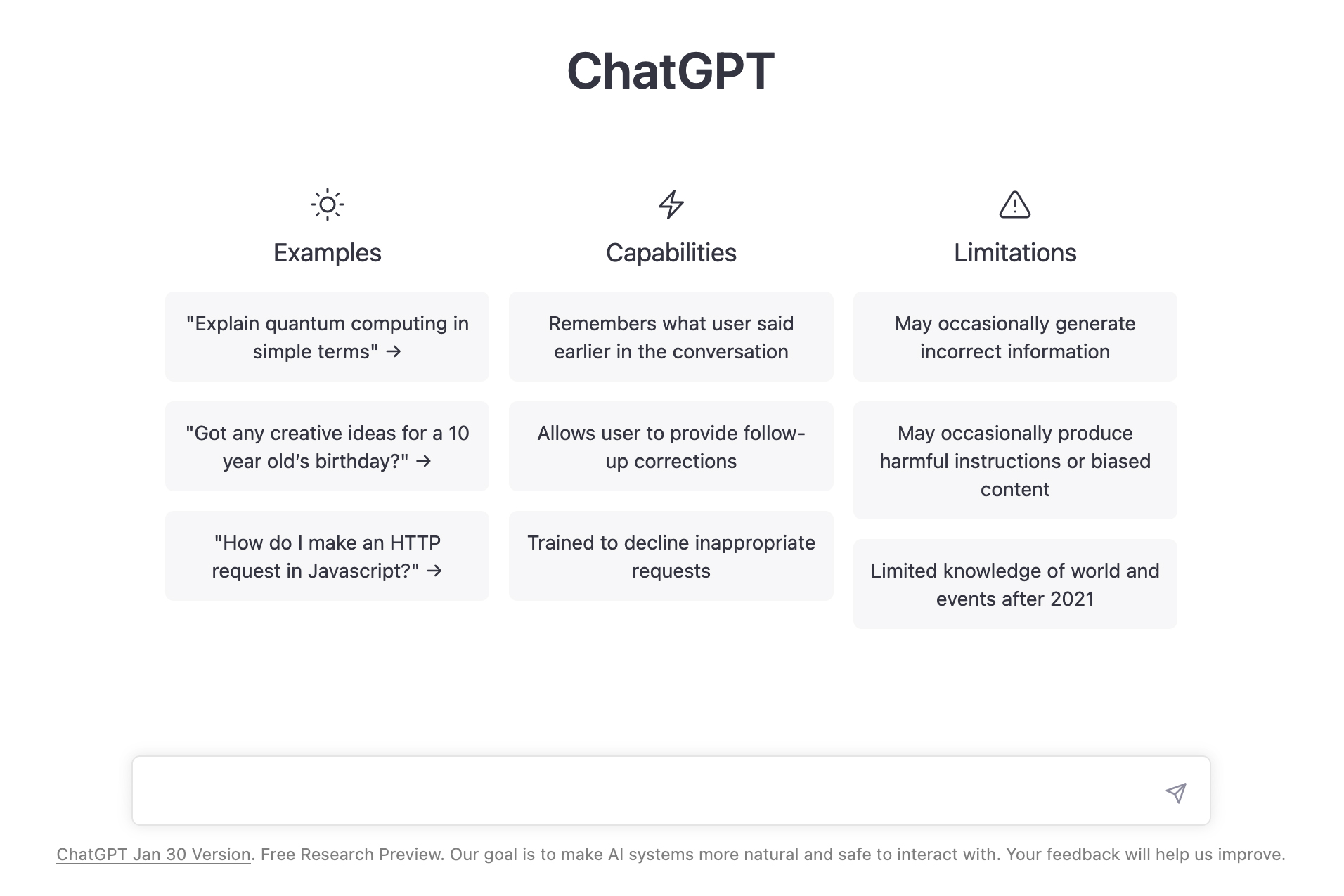Views expressed in opinion columns are the author’s own.
One of my favorite elementary school memories was competing for the highest typing test score among my classmates during our computer lab classes. But then I reached middle school and the novelty of our computer labs diminished as the use of laptops became more frequent. Up to now, after the height of the COVID-19 pandemic, our education system has become inevitably interwoven with technology.
As educational technology usage increased, so did debates among educators, parents, students and tech experts about its efficiency. As these arguments against technology usage for education rage on, here I am, walking around this college campus with nothing in my bag aside from my laptop, charger and water bottle.
Within the last few weeks, the arrival of the artificial intelligence tool, ChatGPT, has prompted many debates reminiscent of the ones I watched happen as a middle schooler. But, we should stray from our previous mistake of getting caught up in the discourse surrounding new technology. To stay on top of educational and technological trends, universities need to be teaching students to work with and around AI tools to help prepare students for a constantly advancing world.
University responses to AI-generating tools are surfacing from an initial fear of students using these platforms to cheat and some universities have announced their plan to crack down on the use of these tools or banning the platforms altogether. However, whether we are prepared for it or not, technology is advancing faster each day. Our education systems — especially higher education — cannot respond to these advancements in fear, rather, they need to be able to adapt and assess how best to prepare students to interact with such technology.
We should be seeing AI-based technology, such as ChatGPT, as a tool for education.
Many professors have commented on the quality of work ChatGPT produces to be below the standards of a well-written and structured paper. Knowing this, professors should encourage students to use it as a means to do a lot of the “grunt work” of assignments — researching and gathering information — while still encouraging students to subsequently interpret this information critically.
The time saved through ChatGPT’s efficient research methods can then be focused on critical analysis — a paramount skill in higher education. Developing our decision-making, problem-solving skills and creativity is what sets apart from the automated work of artificial intelligence. These skills — which make us inherently human — need to become our educational focus.
A large concern of using information from ChatGPT comes from questions over source attributions and citations of ideas being produced. However, these concerns give rise to another opportunity for students to begin fact-checking the reliability of claims and ideas they use in their assignments. In an era full of misinformation and disinformation, validating the information we consume is becoming increasingly important to how we view the world around us.
With written work specifically, professors can use AI as tools to generate essay outlines and encourage students to use them as a base-line for further analysis. Assessments may be based upon how students improve upon the original AI-produced draft or how they integrate such AI-generated work into their own analyses. Furthermore, AI tools can be used to generate discussion and debate topics in classrooms, particularly if conversations begin to run dry. Building this emphasis on critical thinking and analytical skills by viewing claims that are made, working to see how one can counter them and breaking them down is something all students should graduate with. ChatGPT can help facilitate this.
Now, such integrations will be merely a starting point. Professors and universities must prepare to adapt their teaching to artificial intelligence as it continues to change. Education cannot remain static as the world develops around it.
With large corporations already beginning to layoff thousands of workers in favor of AI and automation, new technology is not something we can expect students to shy away from: It’s our competition in the workforce. As AI continues to become part of our lives, leaving behind skills that can be automated will allow us to refocus our educational models upon intangible analytical skills that will best prepare us to navigate the world we will face once we graduate.
We may mourn the end of certain educational methods in classrooms — but let’s remember that many still mourn the end of teaching cursive in classrooms. Despite the nostalgia, having such a skill no longer holds the same significance as it once did.
Since we started using computers in class, we’ve been able to learn and expand on newer skills, better equipping us for the changing times. Let’s repurpose ChatGPT as an indicator of the future we are moving toward — and prepare our students for it.
Imaan Shikoh is a sophomore public policy major. She can be reached at ishikoh@terpmail.umd.edu.



